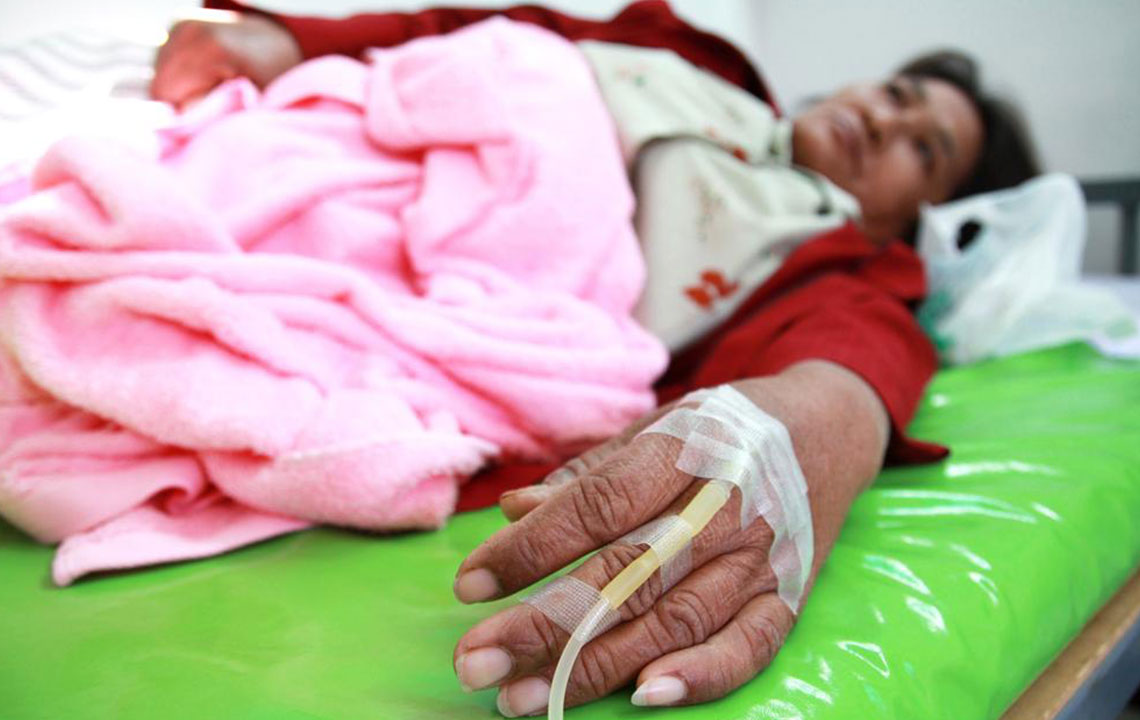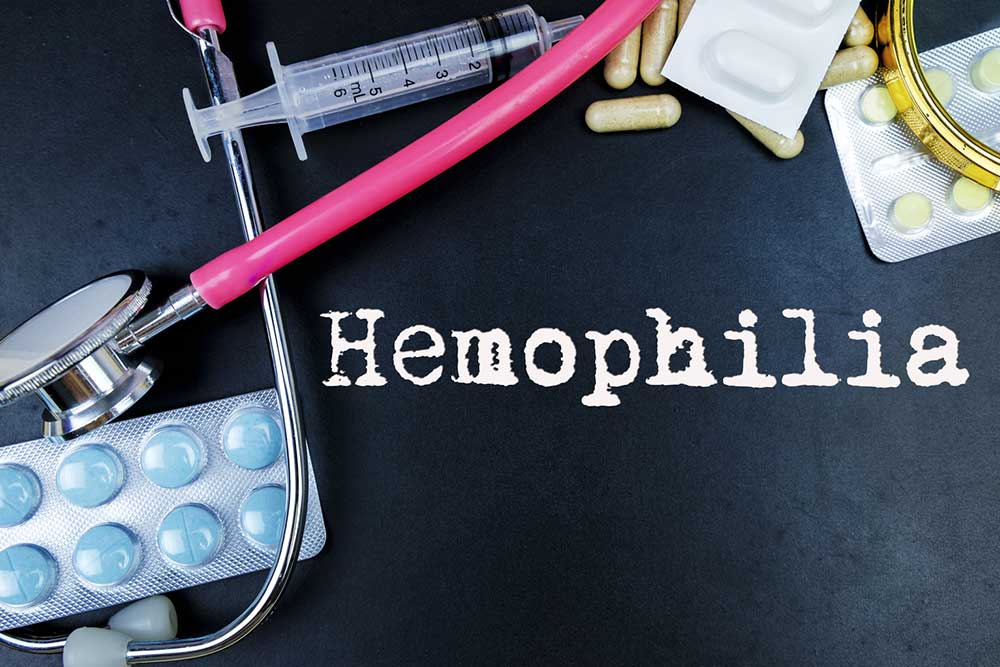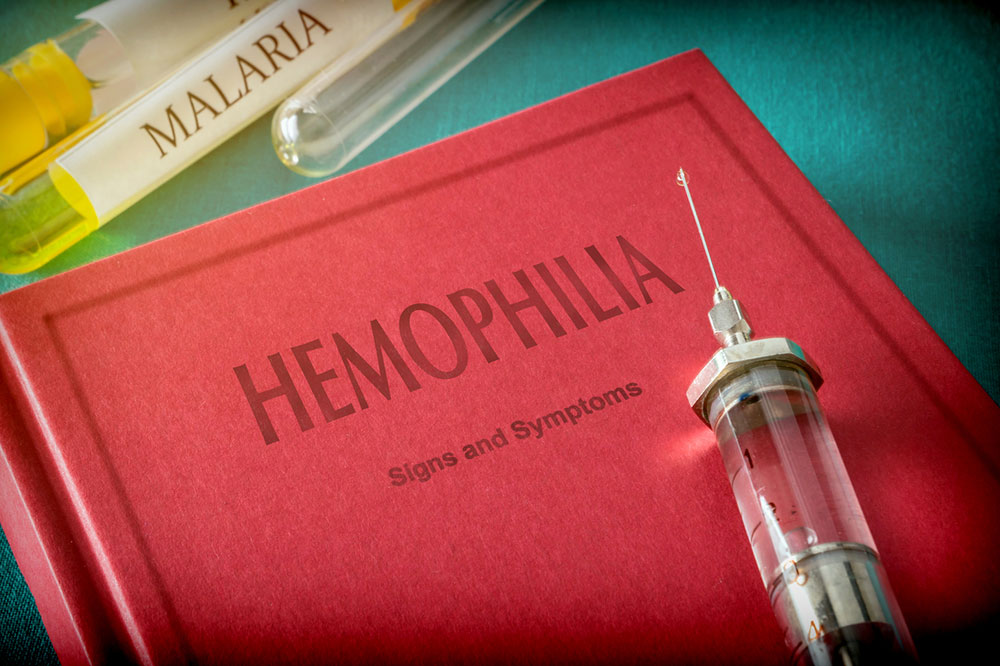Understanding Hemophilia: Causes, Diagnosis, and Management
This article offers a comprehensive overview of hemophilia, covering its causes, diagnosis, treatment options, and preventive strategies. It explains how clotting factors work and provides guidance on when to seek medical help. Treatment methods like replacement and prophylactic therapies are discussed, along with lifestyle precautions to reduce bleeding risks. Although incurable, hemophilia management through medical intervention and lifestyle adaptations can significantly improve quality of life for affected individuals. Valuable for patients, caregivers, and healthcare providers seeking reliable information.

Understanding Hemophilia: Causes, Diagnosis, and Management
Introduction to Hemophilia: Causes, Diagnosis, and Treatment
Hemophilia is a hereditary disorder where the blood lacks sufficient clotting factors, leading to prolonged bleeding. Normally, the body's coagulation cascade stops bleeding by forming a clot at injury sites, involving platelets and clotting factors. When these factors are deficient or absent, bleeding persists. Currently, around 20,000 individuals suffer from hemophilia in the country. Diagnosis involves blood tests measuring clotting factor levels, categorized as mild, moderate, or severe based on the percentage present.
When to Seek Medical Attention
If symptoms such as severe headaches, persistent vomiting, neck pain, blurred vision, extreme sleepiness, or uncontrollable bleeding occur, immediate medical care is essential. Pregnant women experiencing these signs should consult their healthcare provider promptly.
Hemophilia Treatment Options
Replacement Therapy: Administering missing clotting factors, either derived from donated blood or synthetically manufactured (recombinant factors). Recombinant therapy is preferred to minimize infection risk, delivered via injection or IV.
Prophylactic Therapy: Regular clotting factor infusions to prevent bleeding episodes, especially recommended for severe cases.
Demand Therapy: Treatment only administered during bleeding episodes when bleeding cannot be controlled naturally.
Additional Treatments: Use of anti-fibrinolytics to prevent clot breakdown, topical fibrin sealants for wound healing, and preventive hepatitis vaccinations for A and B.
Preventive Measures for Hemophilia
While hemophilia cannot be cured, certain measures can reduce bleeding risks:
Engage in regular, gentle exercise
Avoid medications like aspirin, NSAIDs, and heparin that increase bleeding risk
Maintain good dental hygiene
Receive preventive clotting factor infusions to reduce bleeding episodes










